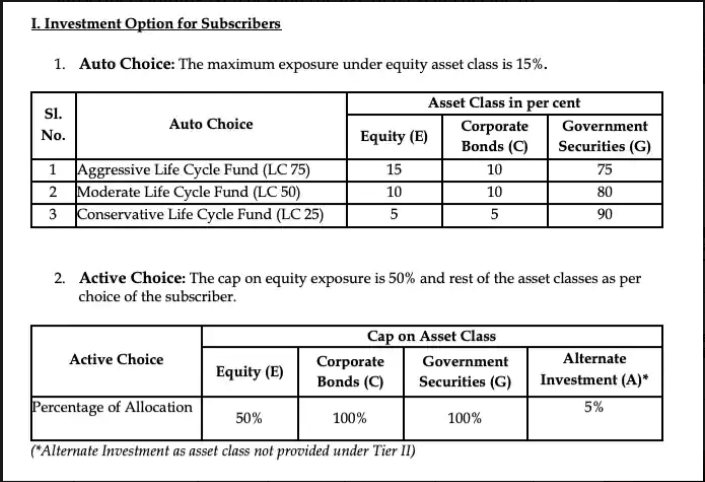- PFRDA has revised the guidelines on entry and exit following an increase in the maximum age for joining the NPS from 65 years to 70 years of age
- The entry age for NPS has been revised to 18-70 years from 18-65 years
In a huge relief to pension subscribers in National Pension Scheme (NPS), the Pension Fund Regulatory and Development Authority (PFRDA) has revised the rules for those joining it after 65 years of age. In a set of new rules, PFRDA has permitted them to allocate up to 50% of the funds in equity, besides easing the exit norms.
The pension fund has revised the guidelines on entry and exit following an increase in the maximum age for joining the NPS from 65 years to 70 years of age. The entry age for NPS has been revised to 18-70 years from 18-65 years.Any Indian citizen and Overseas Citizen of India (OCI) in the age group of 65-70 years can also join NPS and continue up to the age of 75 years, according to a PFRDA circular on the revised guidelines.
“Those subscribers who have closed their NPS accounts have also been permitted to open a new account as per increased age eligibility norms,” PFRDA said in a statement.The maximum equity exposure, however, will be only 15%, if subscribers joining NPS beyond the age of 65 years decide to invest under the default ‘Auto Choice’.
“The subscriber, joining NPS beyond the age of 65 years, can exercise the choice of PF (pension fund) and asset allocation with the maximum equity exposure of 15 per cent and 50 per cent under Auto and Active Choice, respectively,” it further added.

An NPS subscriber has the freedom to allocate his/her contributions to different asset classes through ‘Active Choice’ or ‘Auto Choice’. Under ‘Active Choice’, a subscriber has more say on allocation of funds across asset classes, while in ‘Auto Choice’ the funds gets invested in pre-determined proportion as per the age of the subscribers.The contributions of subscribers are invested by the PFs (chosen by subscribers) in compliance with the investment guidelines for each asset class — equity, corporate bonds, government securities and alternate assets.Subscribers joining the social security scheme beyond the age of 65 years can allocate only 5 per cent of the funds to alternate assets under ‘Active Choice’. This asset class is not available under the ‘Auto Choice’ option.
The PF can be changed once per year, whereas the asset allocation can be changed twice.
On the exit conditions for subscribers joining NPS beyond the age of 65 years, the circular said “normal exit shall be after 3 years”.
“The subscriber will be required to utilise at least 40 per cent of the corpus for purchase of annuity and the remaining amount can be withdrawn as lump sum,” it said.

However, if the corpus is equal to or less than ₹5 lakh, the subscriber may opt to withdraw the entire accumulated pension wealth in lump sum, it said.
The PFRDA further said exit before the completion of three years will be treated as ‘premature exit’. Under premature exit, the “subscriber is required to utilise at least 80% of the corpus for purchase of annuity and the remaining can be withdrawn in lump sum”.
In the case of premature exit, if the corpus is less than ₹2.5 lakh, the subscriber may opt to withdraw the entire accumulated amount in one go.
The PFRDA further said that in case of death of the subscriber, the entire corpus will be paid to the nominee as lump sum.
Other NPS subscribers having a specified corpus at the time of retirement or attaining the age of 60 years need to buy an annuity, offered by insurance companies, on a mandatory basis.


